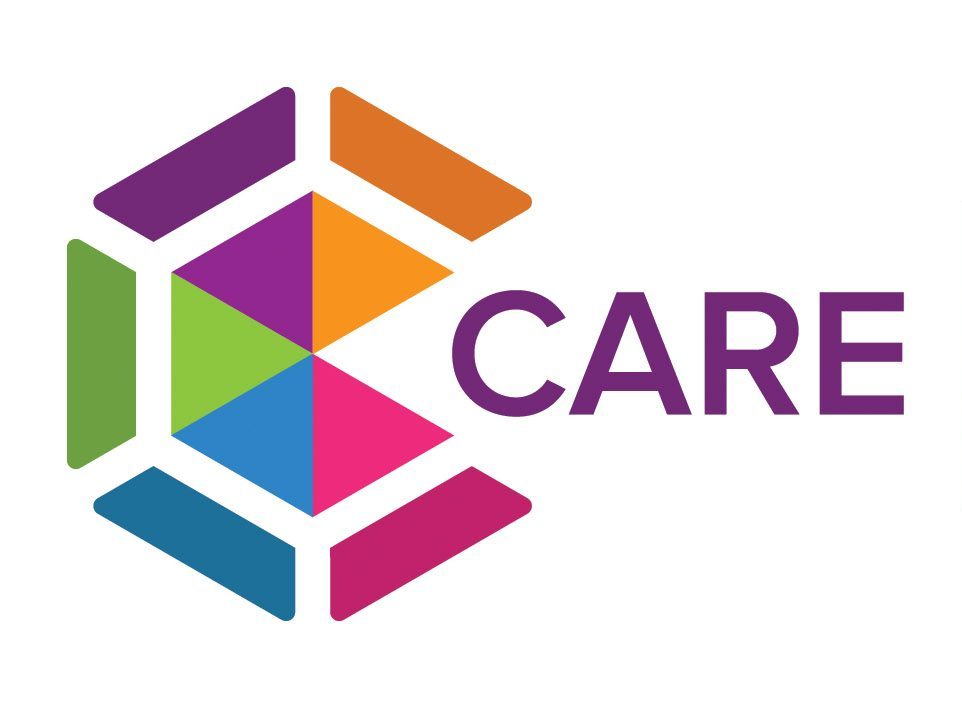By Dr Catherine Purcell
The way we talk about neurodevelopmental disorders is undergoing a significant shift. For a long time, the term “Neurodevelopmental Disorders,” as outlined in the DSM-5, described a group of conditions including Autism Spectrum Disorder, Attention Deficit Hyperactivity Disorder, Developmental Coordination Disorder, Tourette’s Syndrome, Developmental Language Disorder, Specific Learning Disorders, such as Dyslexia and more. These conditions are defined by the presence of functional difficulties, but many individuals with expertise through experience are advocating for more positive and inclusive language.
Rather than seeing themselves as having a “disorder,” many people prefer to describe themselves as “neurodivergent.” This shift replaces terms like “disorder” with “difference”, challenging the implication that neurodivergence is abnormal.
The Neurodiversity Movement: Equality, Inclusion, and Respect
The term “Neurodiversity” might sound new to some, but it was first coined by Judy Singer in 1998. Neurodiversity acknowledges that, just as we see differences in physical traits, brain function varies too. This concept set the foundation for the Neurodiversity Movement which advocates for the rights, inclusion and acceptance of neurodivergent individuals.
Key Concepts
- Neurotypical: Describes individuals whose neurocognitive functions fall within what is considered “typical”.
- Neurodiversity: Refers to the population’s range of neurocognitive functions. For any given function, most people fall within a statistically normal range, but this range can vary widely.
- Neurodivergence: Refers to individuals whose neurocognitive differences fall outside the “typical” range.
Moving Beyond “Normal”
Society is invited to rethink what we consider “normal” or “typical.” There is no one “right” way to think, learn, or behave. Instead, we should advocate for viewing neurodivergent individuals as part of the natural diversity of human cognition.
So, while someone with ADHD might struggle with focus in certain settings, they could excel in environments that encourage creativity. Similarly, an autistic person might have difficulties with social interactions but possess extraordinary attention to detail. Society should value these differences rather than holding neurodivergent individuals to neurotypical standards.
Looking Ahead: The Future of the Neurodiversity Movement
The Neurodiversity Movement has already made significant strides, but there’s still a way to go. As society evolves, so does our understanding of the complexities of the human brain. Hopefully, with time, neurodivergent individuals will be fully accepted and respected – in theory and practice.
Creating a neurodiversity-friendly world requires collective effort. It means embracing differences, advocating for accessible environments and pushing for policies that ensure neurodivergent people have the opportunities and resources they need to succeed.
Embracing a Shift in Language and Perspective
As our learning about neurodevelopmental disorders continues, our language should evolve too. By shifting towards more inclusive terms like “neurodivergence,” we can respect the experiences of individuals while acknowledging the challenges that may arise from living, working and playing in environments that are designed for the neurotypical population.
In the words of Judy Singer, “Neurodiversity is not a passing phase, but a new paradigm” and as we continue to build on this foundation, it will undoubtedly bring us closer to a more just and inclusive world.

